Facts About 13 Common Zodiac Constellations You May Not Know
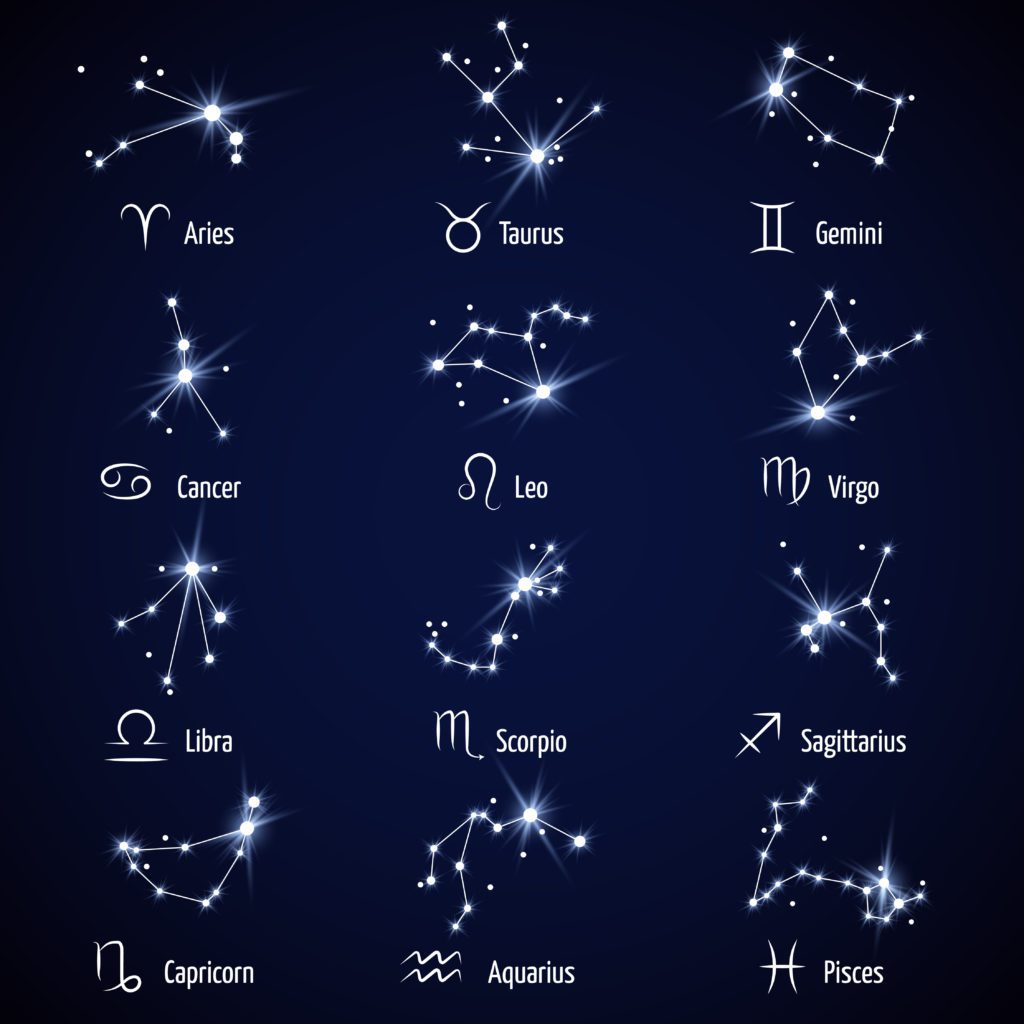
First off, what exactly is a constellation? A constellation is a group of stars forming a recognizable pattern that is traditionally named after its apparent form or identified with a mythological figure. Modern astronomers have actually divided the sky into 88 constellations with defined boundaries. Out of the 88 recognized constellations, 13 are zodiac constellations. There are about 21 Zodiacal constellations total, but only 13 official Zodiac signs. Looking for the answers to the “How well do you know your Zodiac Constellations?” quiz, they’re at the end of the post 😉
Capricornus (Capricorn)
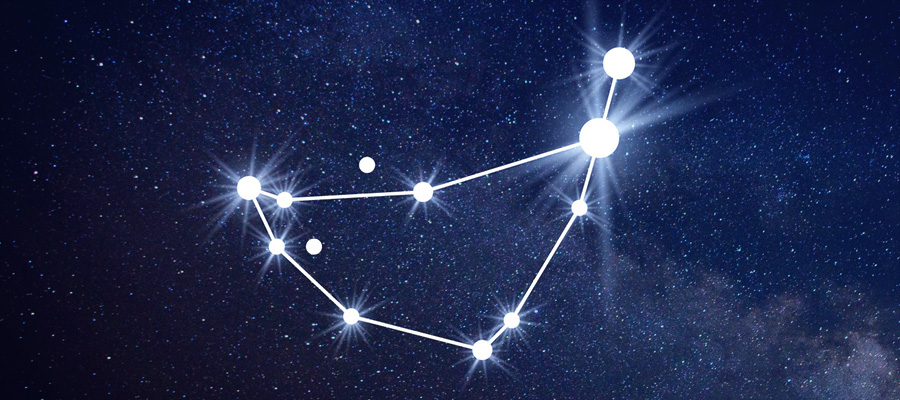
The best month to view this constellation is in September. It also happens to be the faintest of all the constellations.
Right Ascension: 21.02 hours
Declination: -20 to -23 degrees
Visible: Between latitudes 60 degrees and minus 90 degrees
Aquarius

The best month to view this constellation is in October. Aquarius is among the oldest of the documented constellations.
Right Ascension: 22.71 hours
Declination: -10.19 degrees
Visible: Between 65 degrees and minus 90 degrees
Pisces

The best month to view this constellation is in November, between the 6th and 9th. If you live in the Northern Hemisphere it will be easier for you to see the Pisces constellation.
Right Ascension: 0.85 hours
Declination: 11.08 degrees
Visible: Between latitudes 90 degrees and minus 65 degrees.
Aries

The best month to view this constellation is in December. Did you know that the Aries constellation wasn’t recognized until 1922?
Right Ascension: 3 hours
Declination: 20 degrees
Visible: Between latitudes 90 degrees and minus 60 degrees
Taurus
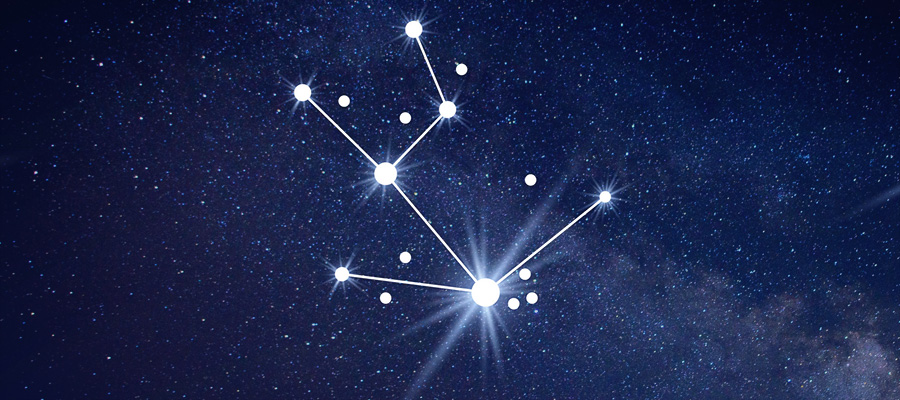
The best month to view this constellation is in January. The Taurus is the most visible of all the constellations.
Right Ascension: 4 hours
Declination: 15 degrees
Visible: Between latitudes 90 degrees and minus 65 degrees
Gemini

The best month to view this constellation is in February. The Gemini is one of the few constellations that actually looks like its name, so it’s usually easier to spot.
Right ascension: 7 hours
Declination: 20 degrees
Visible: Between latitudes 90 and minus 60 degrees
Cancer

The best month to view this constellation is in March. It is almost impossible to see the Cancer constellation with the naked eye, so you’ll want to pull out the telescope for this one.
Right ascension: 9 hours
Declination: 20 degrees
Visible: Best seen between latitudes 90 degrees and minus 60 degrees
Leo

The best month to view this constellation is in April. The Leo constellation is the most recognizable of all the constellations and probably because it’s one of the few that resembles its name.
Right ascension: 11 hours
Declination: 15 degrees
Visible: Between latitudes 90 and minus 65 degrees
Virgo

The best month to view this constellation is in May. The Virgo constellation is the largest Zodiac constellation and contains 26 known exoplanets.
Right Ascension: 13 hours
Declination: 0 degrees
Visible: Between latitudes 80 and minus 80 degrees
Libra
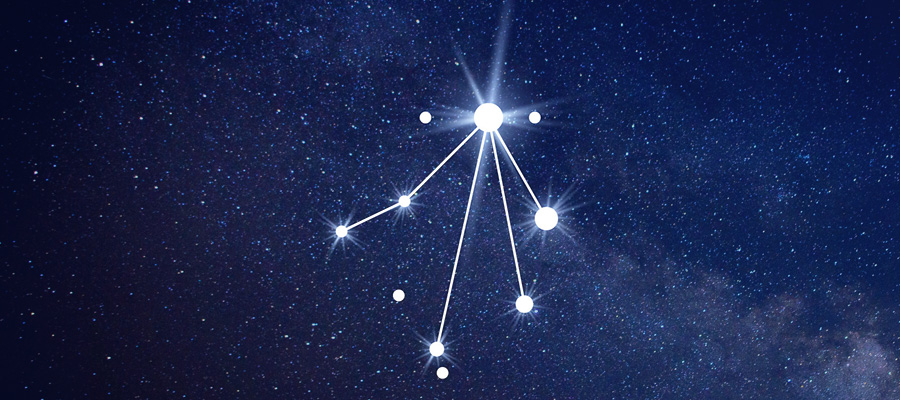
The best month to view this constellation is in June. Libra is the only zodiac constellation that represents an inanimate object.
Right Ascension: 15.21 hours
Declination: -15.59 degrees
Visible: Between 65 degrees and minus 90 degrees
Scorpius (Scorpio)
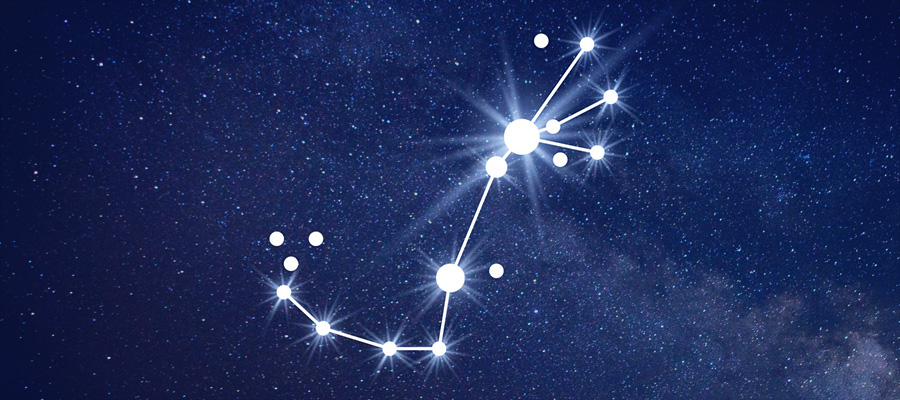
The best month to view this constellation is in July. The Scorpius constellation is one of the brightest in the sky.
Right Ascension: 17 hours
Declination: minus 40 degrees
Visible: Between latitudes 40 and minus 90 degree
Sagittarius
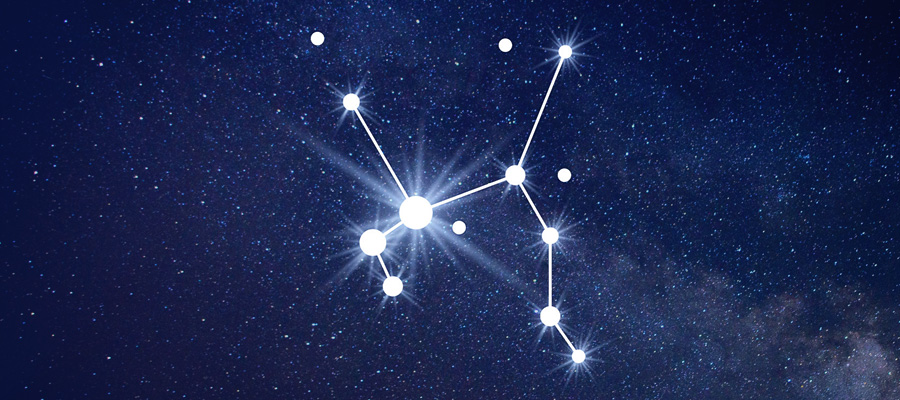
The best month to view this constellation is in August. Sagittarius is the largest constellation in the Southern Hemisphere and is very visible with the naked eye.
Right ascension: 19.11 hours
Declination: -25.8 degrees.
Visible: Between 55 degrees and minus 90 degree
And this one is a bit of a bonus. Did you know that astrologers ignored the Ophiuchus for centuries until 2011 when it was an added as an astrological sign?
Ophiuchus
The best month to view this constellation is in July.
Right Ascension: 17.18 hours
Declination: -4.24 degrees
Visible: Between 80 degrees and -80 degrees
Looking for others that share your love of the stars? Be sure to check out our Stargazing and Astronomy groups.
Quiz answers:
1. Taurus | 2. Leo | 3. Capricorn | 4. Scorpio | 5. Libra | 6. Aquarius | 7. Aries | 8. Pisces | 9. Gemini | 10. Sagittarius | 11. Virgo | 12. Cancer | 13. Ophiuchus

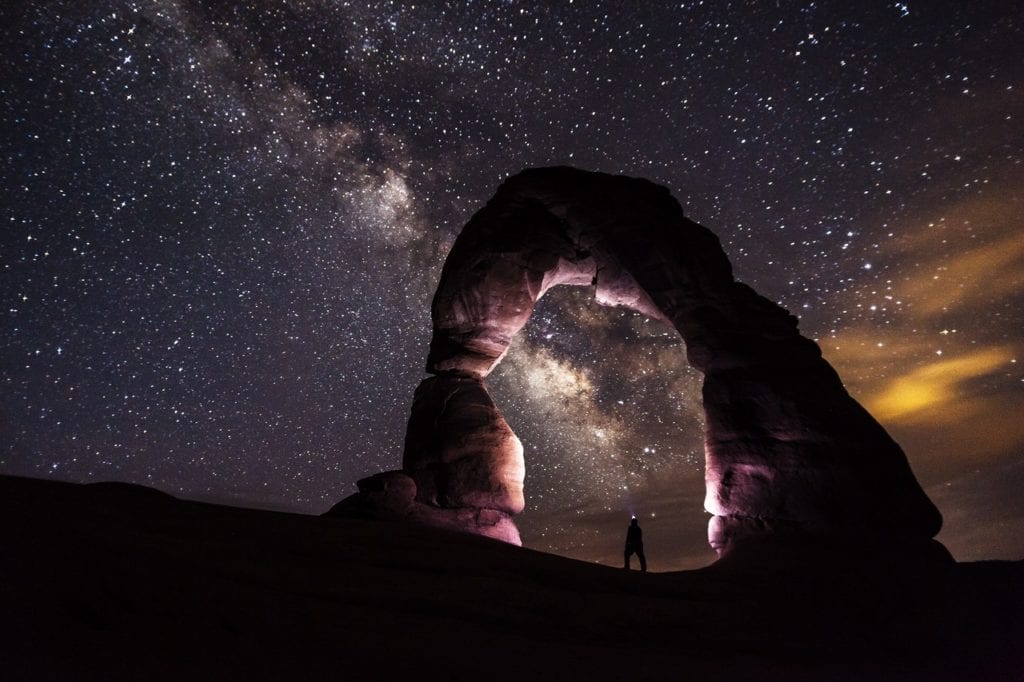



Comments